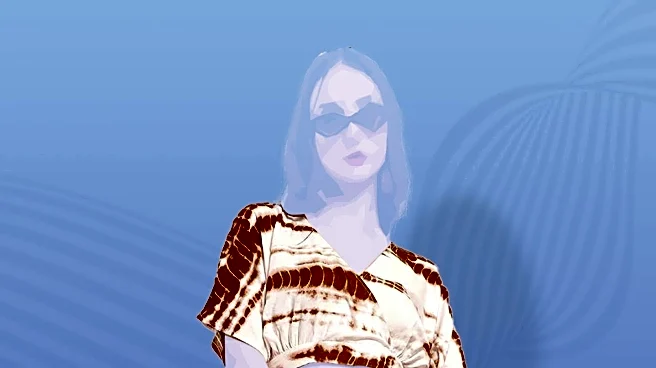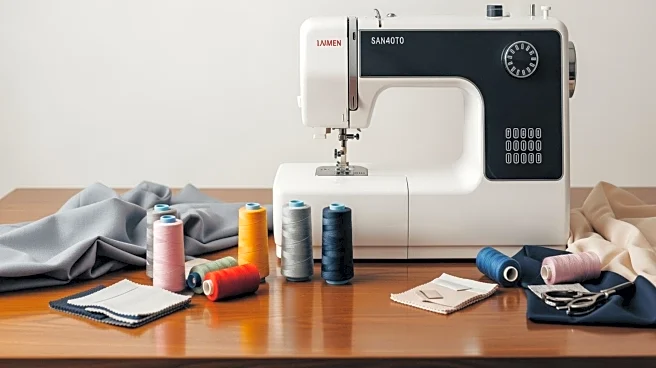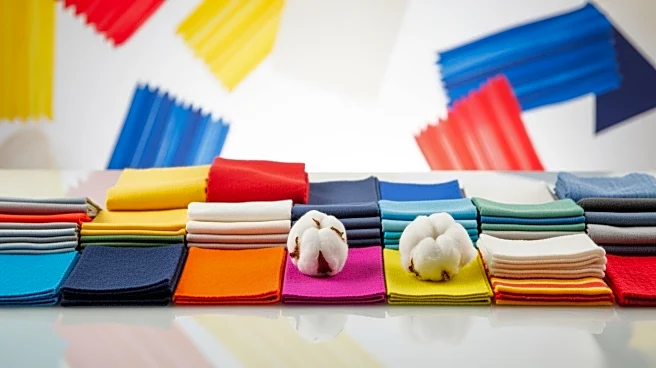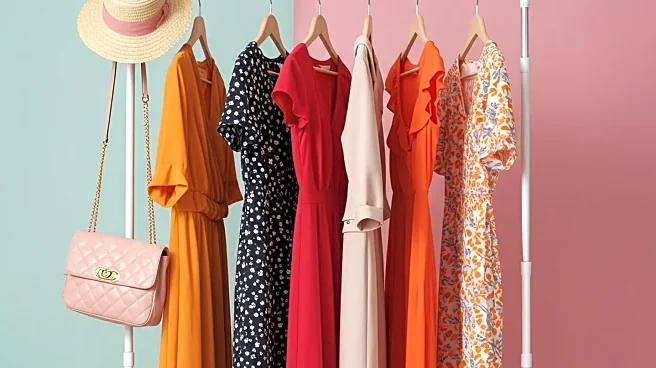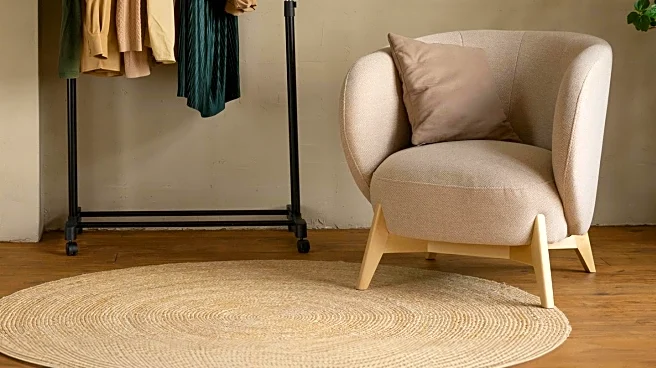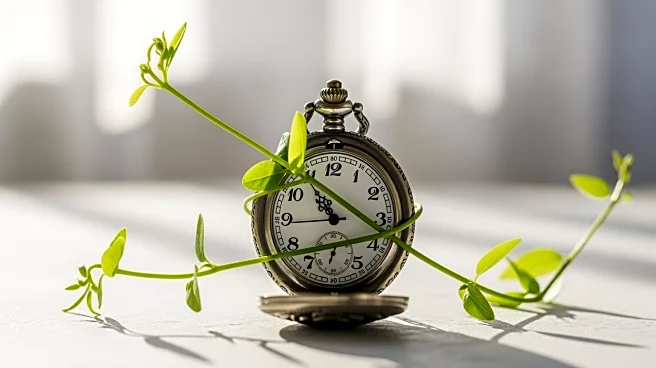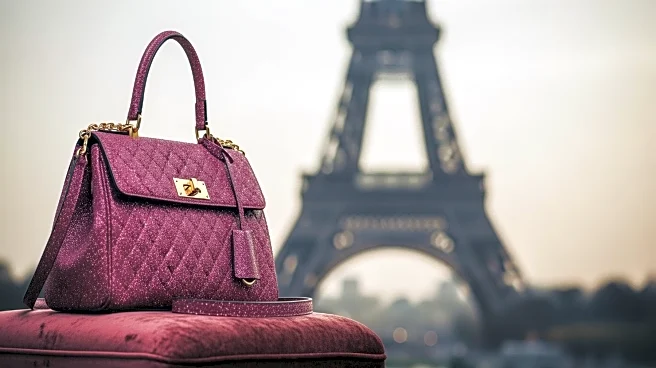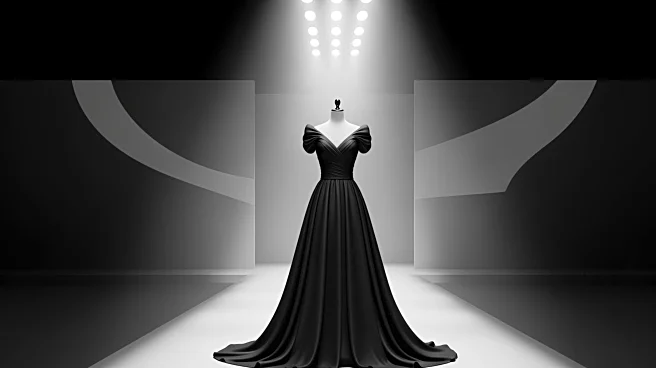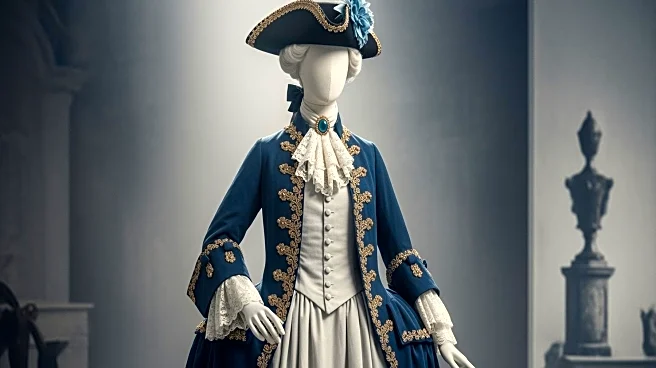What's Happening?
The fashion industry is experiencing significant changes as 14 designers debut their collections as new creative directors for major fashion houses. This shift has led to a blend of upheaval and familiarity in the Spring/Summer 2026 collections. Key trends
include the use of feathers, ruffles, floral patterns, and vibrant colors like yellow and orange. Designers are also exploring new silhouettes, such as cropped jackets and lingerie-inspired looks, while maintaining a connection to historical styles with elements reminiscent of 18th-century fashion. The collections reflect a balance between innovation and tradition, with designers like Mathieu Blazy for Chanel and Pierpaolo Piccioli for Balenciaga leading the charge.
Why It's Important?
These developments in the fashion industry highlight a period of transformation and adaptation. The introduction of new creative directors can lead to fresh perspectives and innovative designs, potentially influencing global fashion trends. The emphasis on vibrant colors and textures suggests a shift away from the minimalism of recent years, which could impact consumer preferences and retail strategies. The fashion industry plays a significant role in cultural expression and economic activity, and these changes may affect market dynamics, brand positioning, and consumer engagement. As designers navigate these shifts, the industry may see new collaborations and business models emerge.
What's Next?
As the fashion industry continues to evolve, stakeholders will likely monitor consumer reactions to these new trends. Retailers may adjust their inventory and marketing strategies to align with the emerging styles. Fashion houses might explore further collaborations with emerging designers to maintain a competitive edge. Additionally, the industry's response to these changes could influence future fashion weeks and the direction of upcoming collections. The success of these trends will depend on their reception by both consumers and critics, potentially setting the stage for long-term shifts in fashion design and production.
Beyond the Headlines
The current trends also raise questions about sustainability and ethical production in the fashion industry. As designers experiment with new materials and techniques, there may be increased scrutiny on the environmental impact of these choices. The industry's focus on innovation could drive advancements in sustainable fashion practices, encouraging brands to adopt more eco-friendly approaches. Additionally, the cultural significance of fashion as a form of self-expression and identity may be further explored, as designers draw inspiration from historical and contemporary influences to create unique narratives through their collections.
